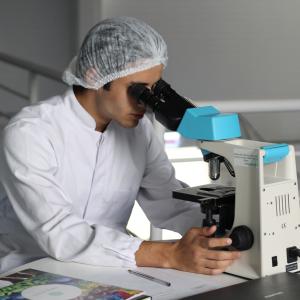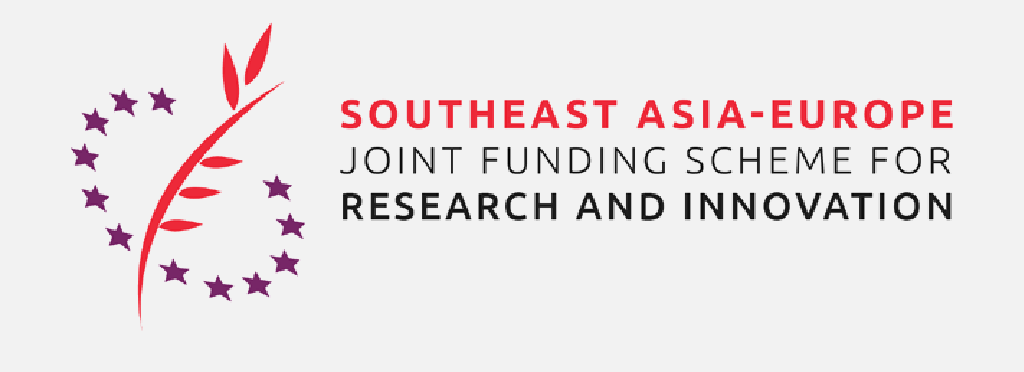
2nd Joint Call: PHIShINg
Background
Hepatitis B is one of the major causes of acute and chronic viral hepatitis, an infection that affects the liver. According to World Health Organization (WHO), an estimated 257 million people were living with hepatitis B virus (HBV) infection in 2015 and Hepatitis B resulted in 887 000 deaths, mostly from complications (including cirrhosis and hepatocellular carcinoma). The virus is transmitted through contact with the blood or other body fluids of an infected person. It constitutes a public health threat and is an important occupational hazard for health workers. In addition, only 9% of HBV-infected people are diagnosed always according to WHO. One reason is the limited access to affordable hepatitis tests and especially ones that can be performed by non-laboratory staff. Hence the development of diagnostic tools of infection by HBV is crucial on a public health point of view.
The Project
The project aims to develop new diagnostic tests of Hepatitis B virus that should be inexpensive, easy to use and highly sensitive. To this end, paper-based label-free electrochemical immunosensor will be designed to integrate silver nanoparticles as redox probes for signal enhancement of the assay. Special attention will be carried out on the ease of synthesis and use.
The Science
Hepatitis B virus has a lipid envelope containing hepatitis B surface antigen (HBsAg) and this antigen is found in the blood during the incubation period and in case of acute and chronic infection. Therefore, HBsAg is considered as a major index of hepatitis B viruses (HBV) infection. Due to the highly specific binding of antigens and antibodies, immunoassays are particularly adapted to detect HBsAg. Label-free electrochemical immunosensors has attracted interest since a long time to give up the classical sandwich-type structure. Indeed this structure requires to perform several biorecognition steps to introduce a label, like in ELISA tests. On another hand, nanomaterial has also intensively been investigated for signal enhancement and improvement of the limit of detection of immunosensors due to their intrinsic advantages such as electrical properties and large surface area. Lastly, the development of microfluidic devices has been stimulated in the field of sensors with the goal to produce low-cost point-of-care diagnostics and on-site detection. Recent developments suggest that bioassays on paper-based substrates may be an interesting alternative for solid support due to the numerous advantages of paper (abundance, inexpensive, sustainable) and variety of inkjet printing techniques available for its functionalization.
The Team
The PHIShINg partners are:
Dr. Philippe Banet: University of Cergy Portoise (UCG) , France
Dr. Jaroon Jakmune: Chiang May University (CMU), Thailand
Dr. Akhmad Sabarudin: Brawijaya University (UB), Indonesia
Contact:
Philippe Banet : philippe.banet@u-cergy.fr
Featured image from unsplash.com

